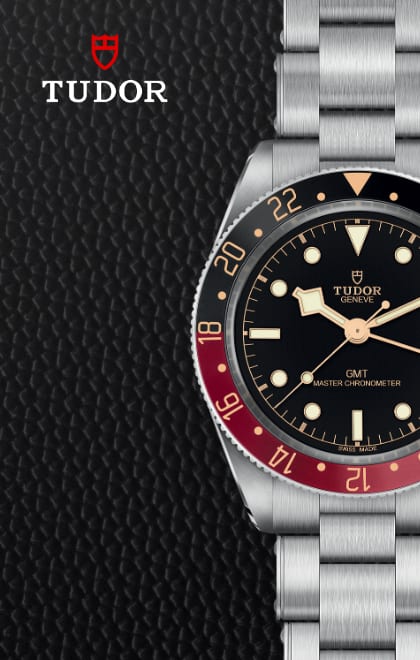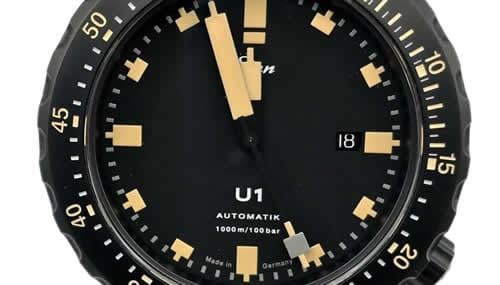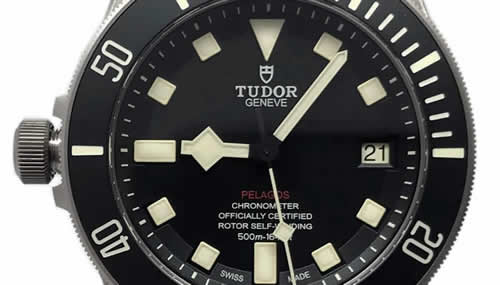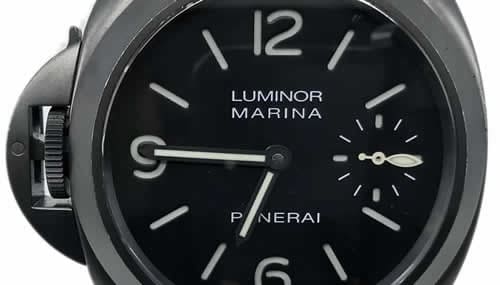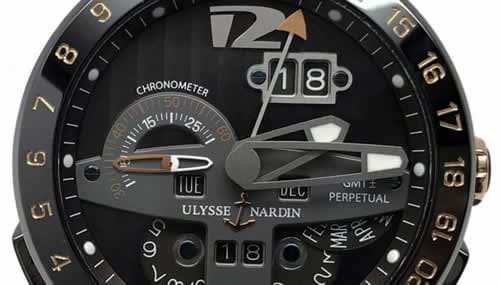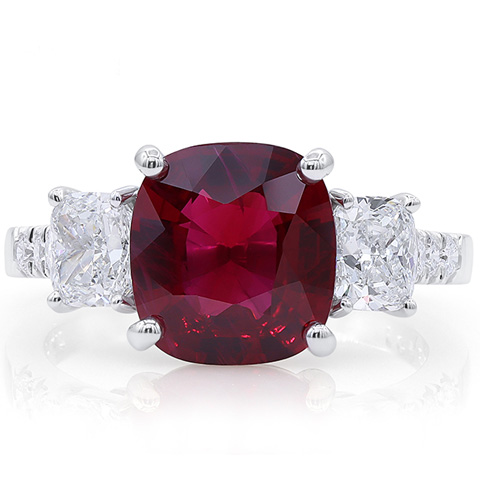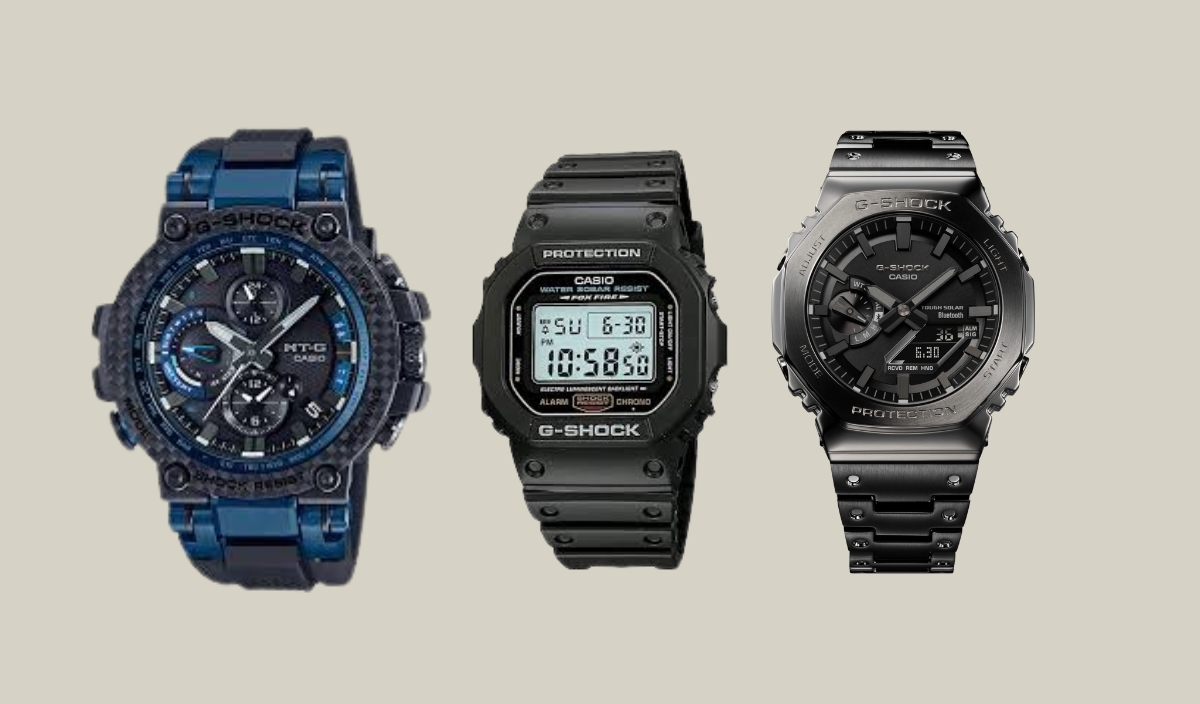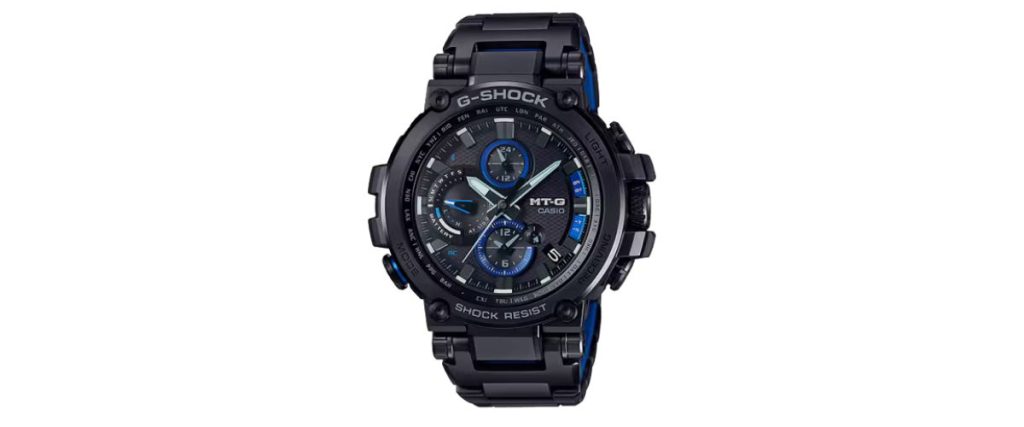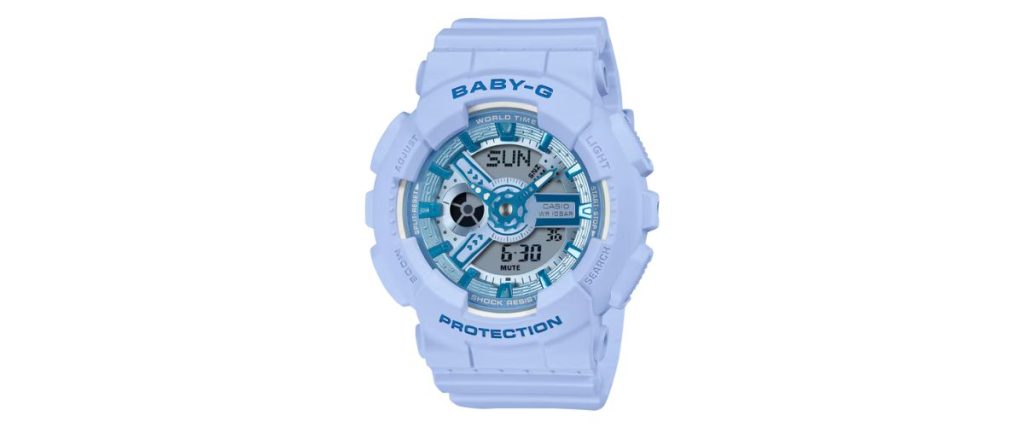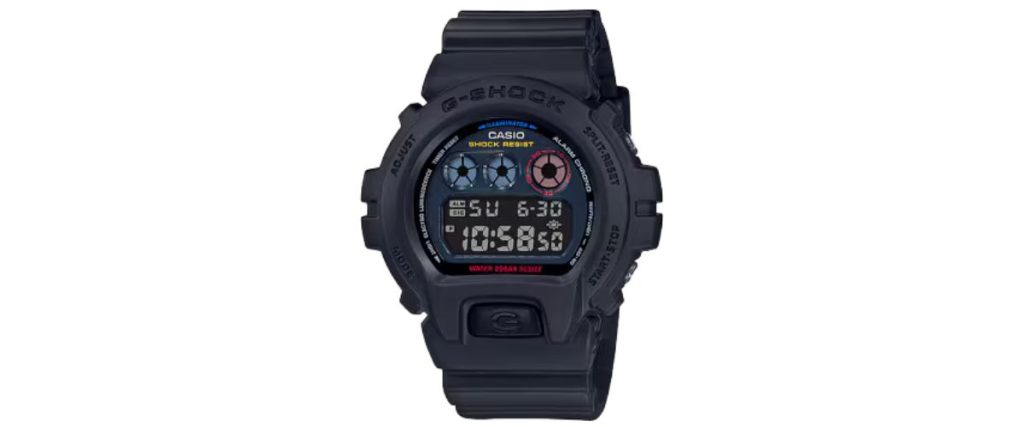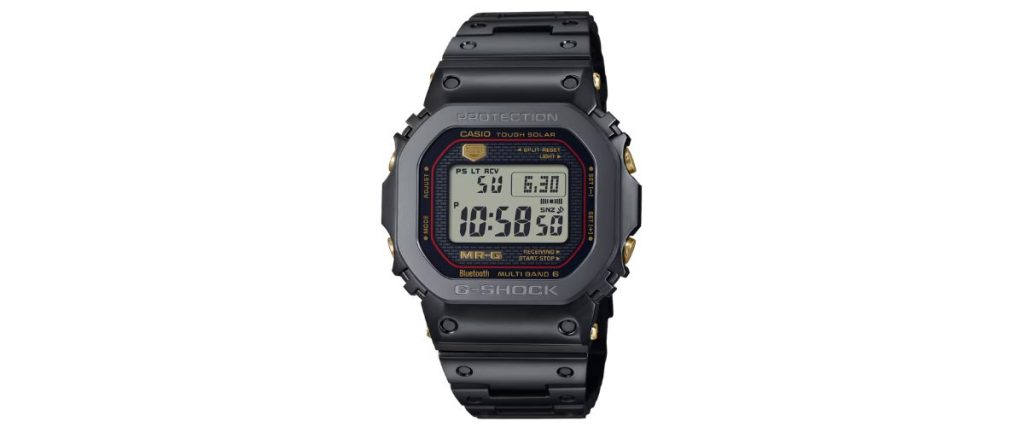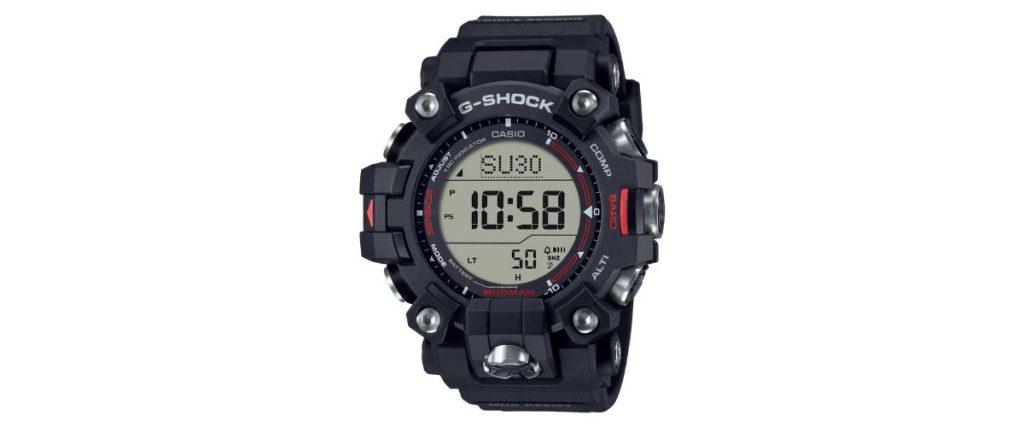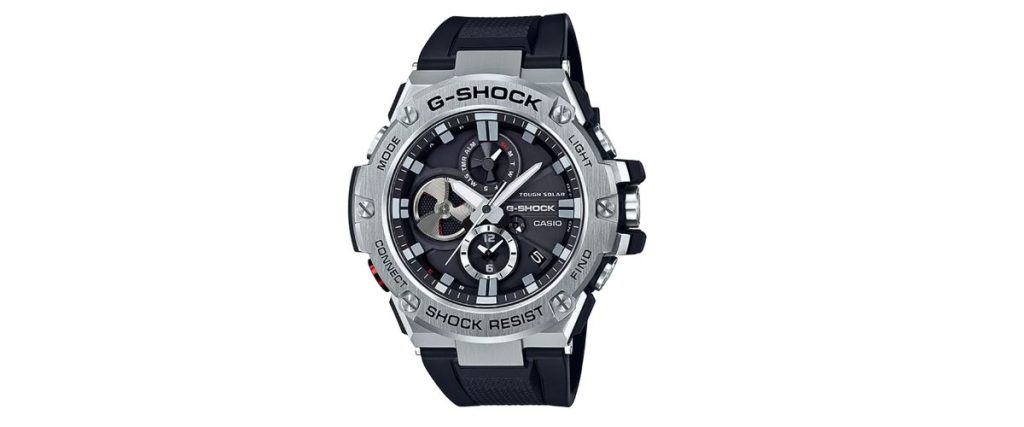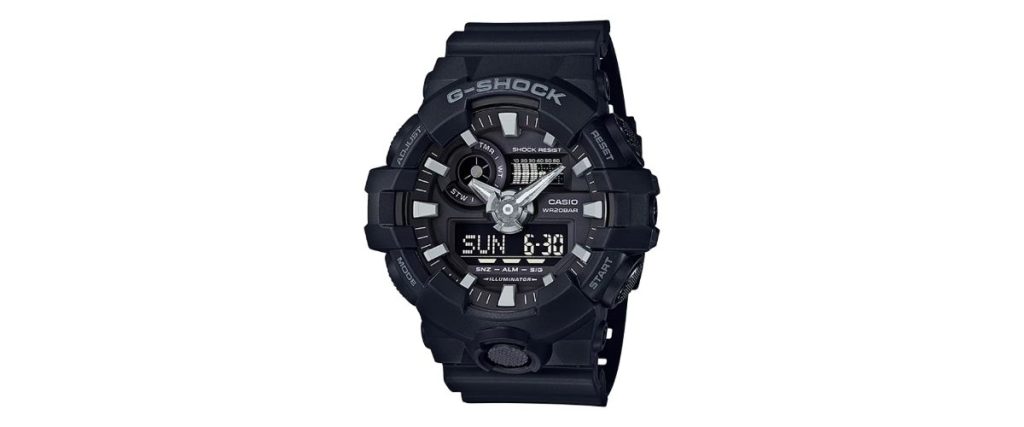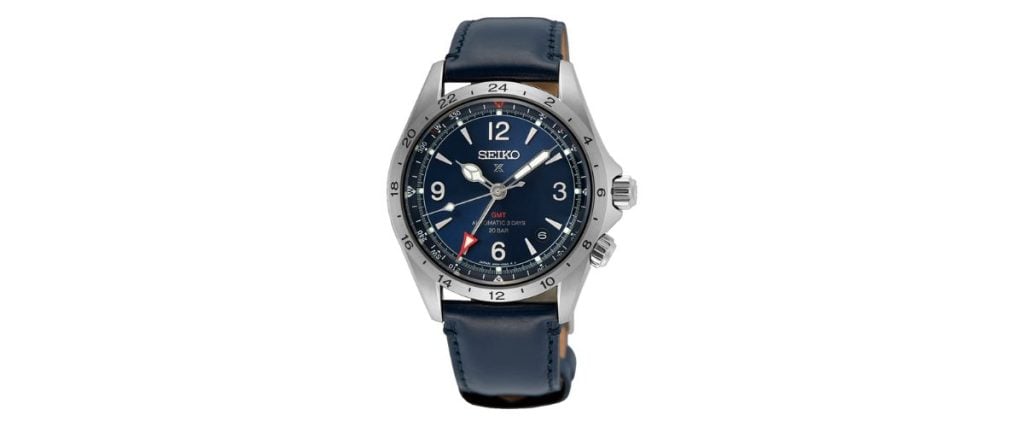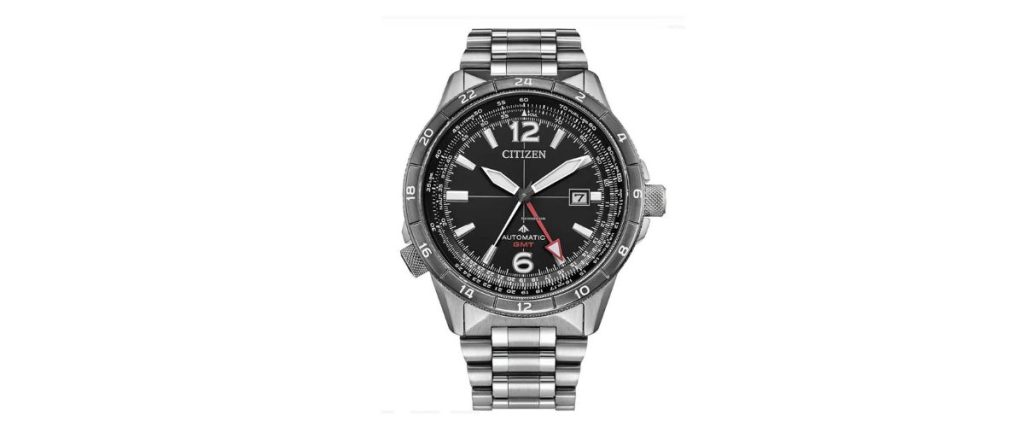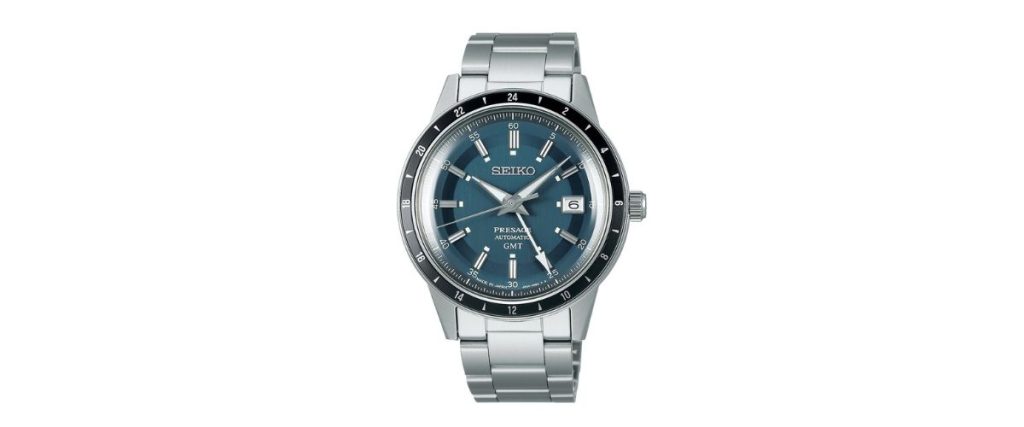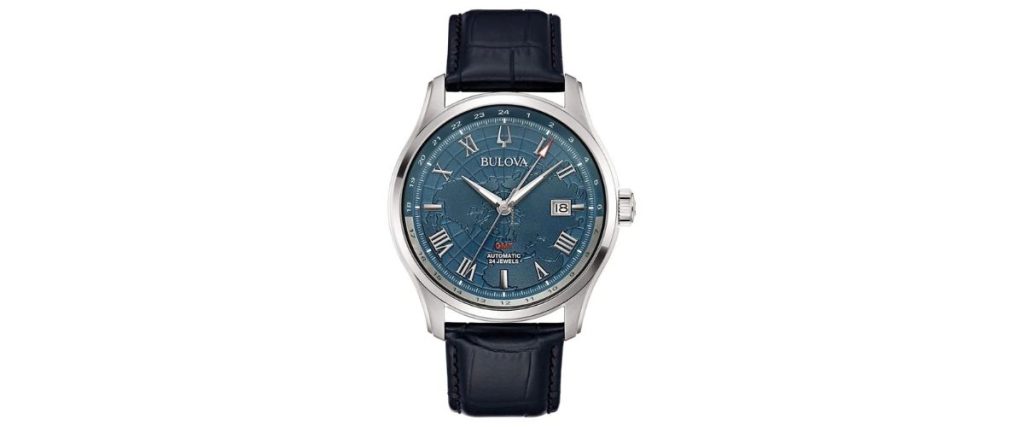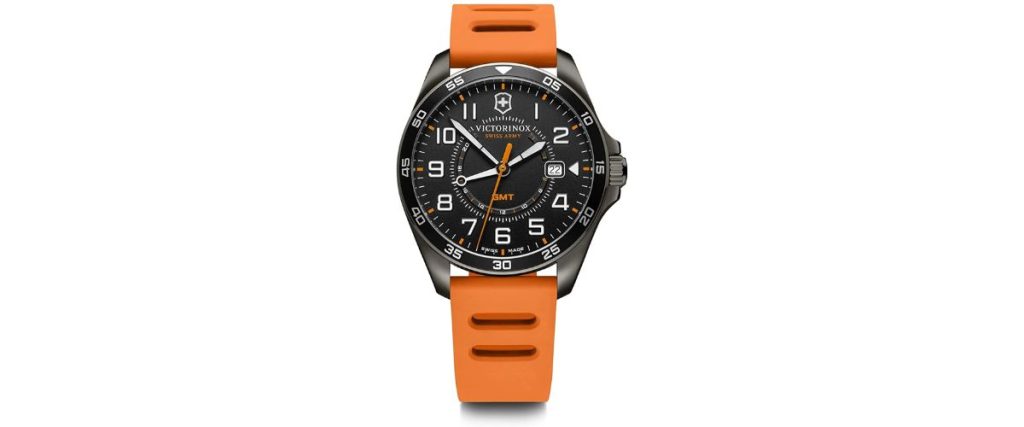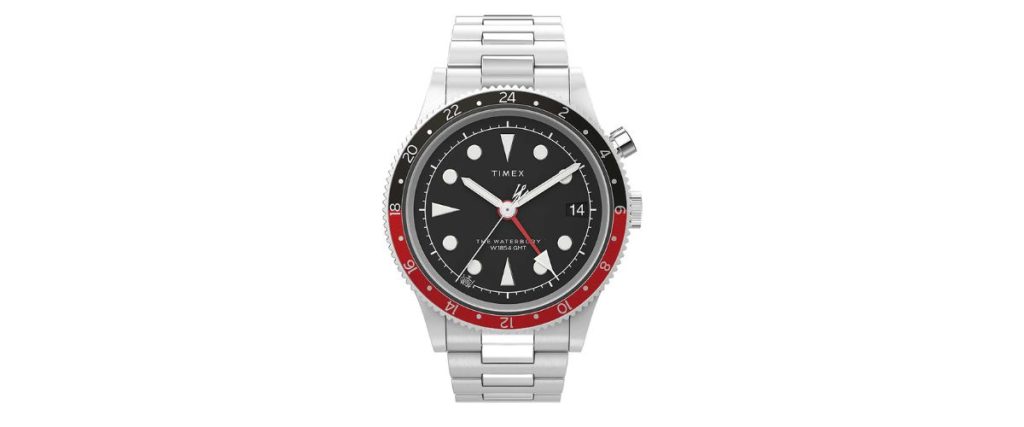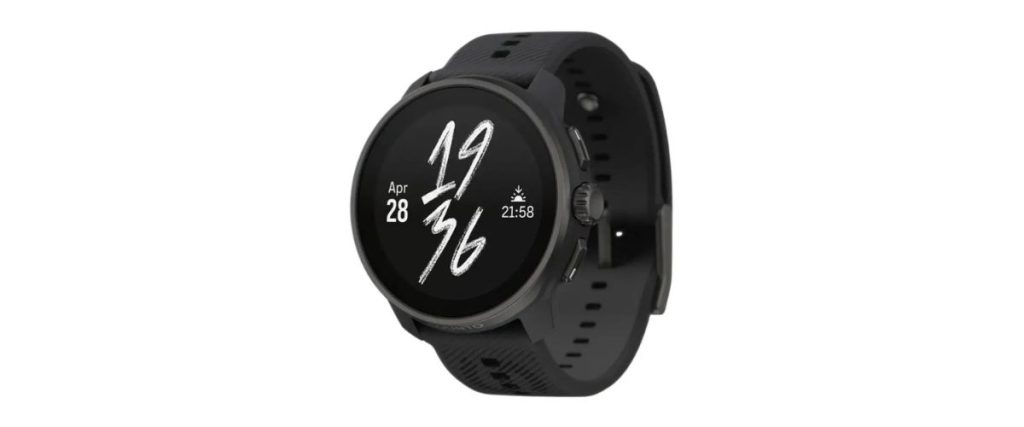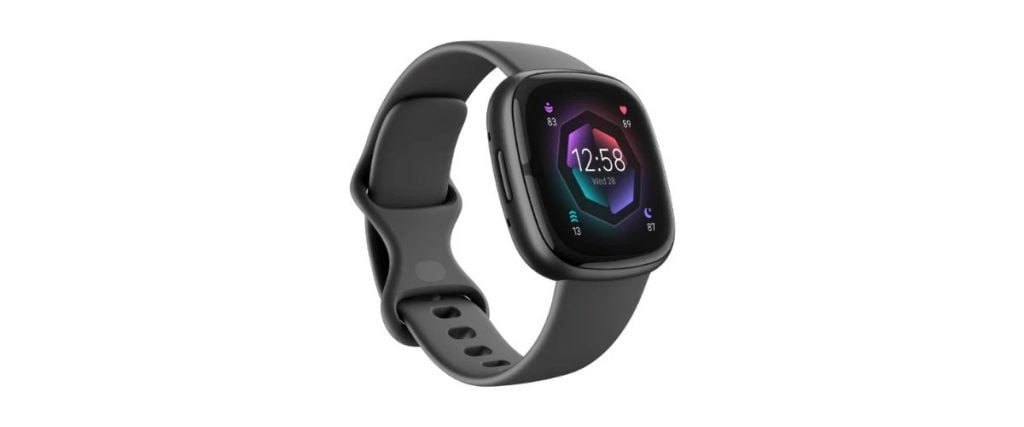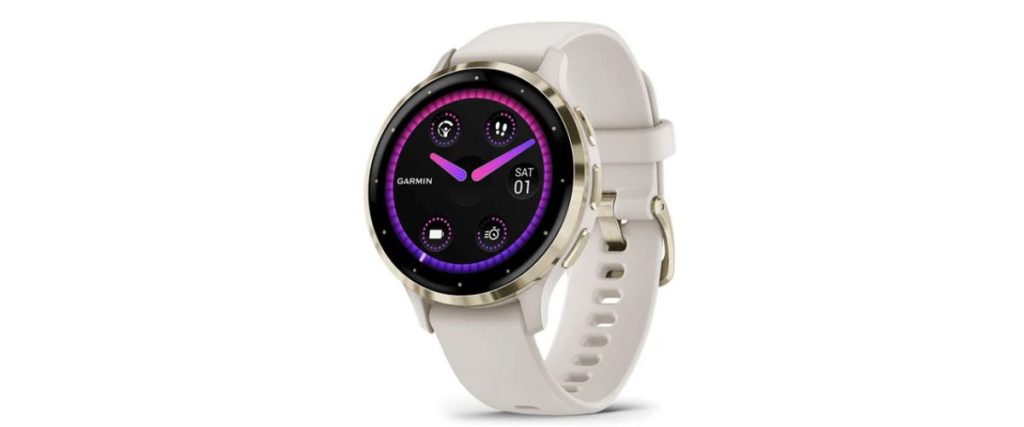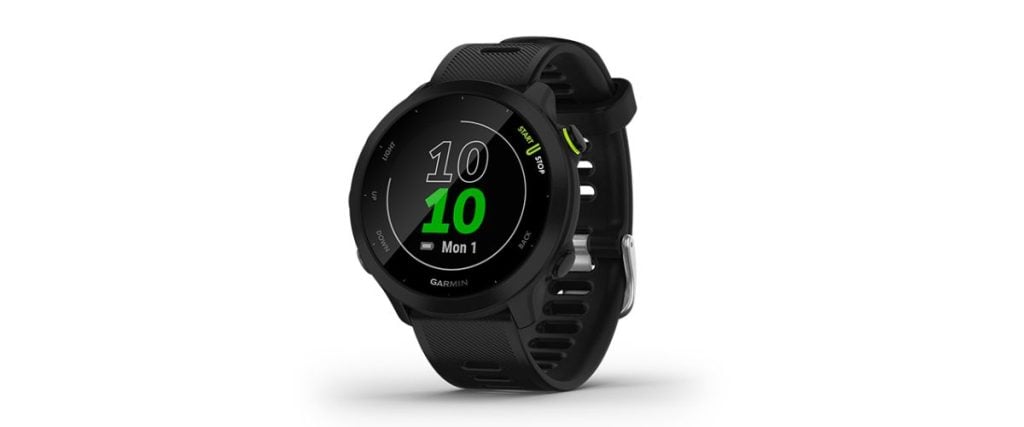
John Mayer is known for many things; his Grammy-winning music, sharp wit, and a knack for reinventing himself. But in watch collecting circles, he’s something of a legend.
With a taste for the rare and refined, John Mayer’s watch collection stands out as one of the finest in the celebrity world. In fact, his influence runs so deep, there’s even a Rolex nicknamed after him… yes really.
Rolex Daytona 116508

One of the most iconic pieces in John Mayer’s collection, the Rolex Daytona 116508 has become so associated with him that it’s now widely nicknamed the “John Mayer Daytona.”
Featuring a stunning green sunburst dial and yellow gold case, it wasn’t an instant hit until Mayer called it his “sleeper” pick during a popular watch interview. That shoutout sent demand soaring. Mayer’s deep love for Daytonas is no secret, something you’ll realise the more we get down this list.
PRICE: Approx $520,000
Rolex Daytona Rainbow 116520RBOW

Picture: https://drive.google.com/file/d/11moE8YAQxMTzA5pANbGzHadV7qmCqV01/view?usp=sharing
Among the flashiest and rarest Daytonas in John Mayer’s watch collection is the white gold Rainbow Daytona 116599RBOW. While most people recognize the rose gold version that’s much easier to obtain (if you have the money), the white gold edition is a little rarer and thus a serious collector’s gem.
With a bezel set in a full spectrum of baguette-cut sapphires and diamond-set lugs, it’s a bold, over-the-top statement that somehow still feels tasteful on Mayer’s wrist. He also owns the yellow gold variant, because of course he does.
PRICE: Approx $250,000
Rolex Daytona Panda 116500LN

When the Rolex Daytona 116500LN dropped in 2016, it caused a bit of chaos (because everyone wanted it) and John Mayer was one of the first to get his hands on it.
Nicknamed the “Panda” thanks to its crisp white dial and black subdials, this model introduced the ceramic Cerachrom bezel to a stainless steel Daytona for the first time. While most of us are still on the waitlist, Mayer made it look easy, again proving his deep ties to the watch world and his knack for spotting future icons early.
PRICE: Approx $45,000
Custom Bamford Rolex Daytona

Picture: https://drive.google.com/file/d/1KgOFAIVbaNAJqYDRgreNDzM-F2nGQQw0/view?usp=sharing
Before Bamford Watch Department shifted to customizing LVMH watches, they were the kings of bespoke Rolex mods and John Mayer got in early.
His custom Bamford Roelx Daytona features a sleek black PVD-coated case and a striking baby blue dial, giving the classic chrono a totally modern, almost futuristic twist. It’s a far cry from traditional Rolex styling, but that’s the point.
PRICE: Approx $40,000
Rolex Daytona 6263 Gold Paul Newman

Now we’re in true grail territory. John Mayer owns one of the rarest Daytonas ever made: the 18k yellow gold Rolex Daytona 6263 with a Paul Newman dial, commonly referred to as the “Lemon” due to its distinctive yellow dial tone.
Only a handful are known to exist, and one sold at auction for nearly $4 million. It’s vintage Rolex at its peak with its exotic dial, screw-down pushers, and insane rarity. Mayer has also been spotted wearing the steel version, showing his deep appreciation for this legendary reference.
PRICE: Approx $610,000
Rolex Day-Date Puzzle Dial

Easily one of the most talked-about releases of 2023, the Rolex Day-Date “Puzzle Dial”, also nicknamed the Emoji, is a bold departure from tradition, and of course, John Mayer had to have it.
With a colorful jigsaw enamel dial, emojis in the date window, and daily affirmations in place of weekdays, it’s playful, weird, and wildly un-Rolex. But that’s exactly what makes it so interesting. Mayer picked his model in white gold but it does also come in rose and yellow.
PRICE: Approx $300,000
Rolex GMT-Master II Pepsi White Gold 116719BLRO

You might think John Mayer’s rocking the classic steel Pepsi GMT, but look closer. His is the 18k white gold version, Ref. 116719BLRO, released in 2014. This marked the return of the iconic red-and-blue bezel after a seven-year hiatus, and it was also the first time Rolex ever used white gold in the GMT lineup.
Heavier, flashier, and far more exclusive than the steel version, this Pepsi quietly flexes luxury while keeping the classic travel-watch vibe.
PRICE: Approx $45,000
Rolex GMT-Master II Batman 116710BLNR

John Mayer doesn’t just have one Rolex Batman, he has both generations. The original Ref. 116710BLNR on an Oyster bracelet was released in 2013 and became an instant fan favorite with its blue-and-black ceramic bezel.
Designed for travelers, it features a GMT hand for tracking multiple time zones which is perfect for a musician constantly hopping cities. Mayer’s been spotted wearing this one on tour, which makes total sense. It’s sporty, functional, and just plain cool. He also owns the newer version on a Jubilee bracelet.
PRICE: Approx $15,000
Rolex GMT-Master II 11570LN

Not every watch in Mayer’s collection is flashy or rare, some are just timeless. Take the Rolex GMT-Master II 116710LN for example. It has a classic black bezel, stainless steel case, and the rock-solid utility of a dual time zone display.
This was the first ceramic-bezel GMT in steel, and while it’s now discontinued, it still holds strong as a sleek, no-fuss travel watch. Mayer’s been spotted wearing it casually, proving that not every piece in his rotation has to scream for attention.
PRICE: Approx $10,000
Rolex Submariner Smurf 116619LB

Another standout Rolex in John Mayer’s watch collection is the Rolex Submariner Smurf 116619LB, a watch that blends luxury with sport. Released in 2008 to celebrate Rolex’s 100th anniversary, this was the first Submariner crafted in 18k white gold.
Its bright blue Cerachrom bezel and dial gave it the “Smurf” nickname, standing out from the more muted tones of traditional Submariners. While Mayer tends to gravitate toward GMTs, the Smurf holds a special place as the only Submariner in his lineup.
PRICE: Approx $46,000
Rolex Explorer II 1655 “Steve McQueen”

The Rolex Explorer II 1655, often called the “Steve McQueen” despite no photographic proof linking the actor to it, is one of Mayer’s more understated gems. Released in 1971, this rugged tool watch was originally aimed at cave explorers.
At first, it didn’t prove all that popular, but now, it’s a coveted vintage piece. Mayer was spotted wearing it at the 2010 Crossroads Festival, showing he appreciates its understated appeal. With its unique 24-hour dial and the classic orange hand, the 1655 has transformed into a cult favorite among collectors.
PRICE: Approx $35,000
Rolex Sea-Dweller ‘Pro Hunter’ 16600

One of the more intriguing pieces in Mayer’s collection is the Rolex Sea-Dweller 16600 “Pro Hunter,” a rugged, DLC-coated variation of the classic Sea-Dweller.
The “Pro Hunter” nickname comes from the customization by the Pro Hunter watch brand, known for its durable, matte black DLC coating that gives the stainless steel case and bezel a stealthy, tactical look.
Equipped with a black dial, date at 3 o’clock, and powered by an automatic movement, it’s also waterproof to an impressive 4,000 feet. Mayer was spotted wearing this model during the earlier days of his career while performing on stage.
PRICE: Approx $20,000
Patek Philippe Aquanaut Travel Time

Picture: https://drive.google.com/file/d/1svOq79EoGIU1mAEcnidnqZWcUmXokX3A/view?usp=sharing
Moving onto Patek Philippe, another brand John Mayer clearly has a love of, we’re starting with the Aquanaut Travel Time Ref. 5164A. With its dual-time zone function, the watch displays both local and home time, making it ideal for a globetrotter like Mayer.
Released as part of the Aquanaut family in 1997, this piece broke away from Patek’s classic designs, featuring an octagonal case and a unique tropical strap resistant to saltwater and UV rays. Crafted in steel with a 40.8mm diameter, the 5164A is not just functional but also stylish, boasting a sleek black dial with embossed numerals and a 45-hour power reserve.
PRICE: Approx $40,000
Patek Philippe Nautilus 5711/1A

John Mayer’s Patek Philippe Nautilus 5711/1A is one of the rarest and most coveted pieces in his collection. Spotted in a September 2021 selfie, this stainless steel beauty features a sunburst olive green dial stamped by Tiffany & Co., making it a truly special find.
Retailing at $37,800, the watch now commands an eye-watering $700,000 on the secondary market. The 40.5mm Nautilus is known for its sleek porthole-inspired design and is the ultimate luxury sports watch, with some collectors waiting years for a chance to own one.
PRICE: Approx $38,000
Patek Philippe Perpetual Calendar 5270G

With a more dressy appeal, John Mayer’s Patek Philippe Perpetual Calendar Ref. 5270G is a masterclass in horological complexity. This white gold beauty, which he wears on a matching gold bracelet, automatically adjusts for varying month lengths and leap years, a remarkable feat for any watch.
The 5270G’s dial features three sub-dials, one for the moon phase, one for seconds, and one for a 30-minute counter, along with a leap year and day/night indicator. This level of functionality comes at a price though…
PRICE: Approx $170,000
Patek Philippe Perpetual Calendar 3970EJ

Another one of Mayer’s vintage pieces is a stunning Patek Philippe Perpetual Calendar in yellow gold. Released in 1986 and produced for roughly two decades, this watch features a 36mm case and an opaline velouté dial, offering both elegance and complexity.
The dial is once again adorned with a range of complications, including French day and month apertures at 12 o’clock, a moonphase at 6, a 30-minute counter, and a leap year indicator at 3 o’clock. Inside, the Calibre CH 27-70 Q movement stands as a testament to Patek’s legendary craftsmanship.
PRICE: Approx $120,000
Audemars Piguet Royal Oak Titanium 26530TI

Like the Patek Phillipe Nautilus, the AP Royal Oak feels like something of a prerequisite for any serious watch collector. But the 26530TI isn’t your usual Royal Oak; it’s something quieter, more understated.
Made entirely of titanium, it feels incredibly light on the wrist and the dial skips the usual “Tapisserie” pattern and goes for a clean, sandblasted grey that catches the light in a really subtle way.
It’s also the first Royal Oak to feature a self winding flying tourbillon, which adds a nice touch of technical flex without screaming about it.
PRICE: Approx $250,000
Audemars Piguet Royal Oak Gold 15550BA

When John Mayer wore this 37mm yellow gold Royal Oak with a turquoise dial on The Tonight Show, the whole world noticed, not just us watch obsessed lunatics. It’s because it’s a piece that’s loud and proud in all that it does.
The 18k yellow gold case and bracelet are already a bold statement, but paired with that vivid turquoise dial and it becomes full-on rockstar territory. AP only released a handful of these, and the turquoise stone dial (not just colored, but actual stone) gives each one a unique natural pattern.
PRICE: Approx $140,000
Audemars Piguet Royal Oak Jumbo Ultra-Thin Rose Gold 15202

John Mayer’s love of watch history shines through once again in his choice to wear the 15202, Audemars Piguet’s legendary “Jumbo” Ultra-Thin.
This 39mm rose gold version, paired with a rich blue “Petite Tapisserie” dial, stays incredibly faithful to the original Royal Oak released in 1972. It’s sleek, elegant, and thin enough to slide under any cuff. Since AP discontinued the 15202, it’s become even more sought-after, especially in this precious metal configuration.
PRICE: Approx $190,000
Audemars Piguet Royal Oak Perpetual Calendar 26579CB

White ceramic isn’t an easy case material to pull off, but as expected, John Mayer does it. The Royal Oak Perpetual Calendar 26579CB is one of the boldest pieces in his collection, crafted entirely from ultra-hard, hand-finished white ceramic.
It’s paired with a vivid blue Grande Tapisserie dial and silver-toned subdials, striking that perfect balance between playful and ultra-luxe. The perpetual calendar displays everything from the day and date to moon phases and even the week of the year.
PRICE: Approx $500,000
Audemars Piguet Royal Oak Offshore Diver 15710ST

While most of John Mayer’s collection leans towards sports elegance, the Audemars Piguet Royal Oak Offshore Diver 15710ST is pure adrenaline.
Its 42mm stainless steel case is classic AP, but the star of the show is the punchy “Tropical Turquoise” dial which is a bold, summery shade that turns heads even in a sea of watches. Released in 2018, this model combines everyday dive functionality with high-fashion flair, making it one of the most playful pieces in Mayer’s rotation.
PRICE: Approx $55,000
Audemars Piguet Royal Oak Ultra Thin Tourbillon

John Mayer’s wrist is no stranger to standout timepieces, and the 41mm AP Royal Oak Selfwinding Flying Tourbillon in titanium is no exception.
A refined departure from the classic Royal Oak design, this model ditches the iconic Grande Tapisserie dial for a smooth, sandblasted smoked blue face, with white gold hour markers and a subtle white minute track. Powered by the Caliber 2950 movement, the flying tourbillon at 6 o’clock is a mesmerizing spectacle, visible through both the dial and caseback.
PRICE: Approx $350,000
Audemars Piguet Royal Oak Minute Repeater Supersonnerie Titanium

Among all the incredible pieces in John Mayer’s watch collection, the Audemars Piguet Royal Oak Minute Repeater Supersonnerie in titanium holds a special place. Released in 2019 with an upgraded version in 2021, this watch is an engineering marvel.
With its deep blue dial, the piece showcases AP’s technical mastery, especially with its minute repeater complication, which chimes the time using a unique sound technology called “Supersonnerie” for a louder, clearer tone. Limited in production and notoriously difficult to acquire, this is a watch that commands attention and a hefty price tag.
PRICE: Approx $400,000
Audemars Piguet Royal Oak Concept Tourbillon Chronograph 26587TI

If there’s one watch that blends futuristic design with timeless craftsmanship in John Mayer’s collection, it’s the Audemars Piguet Royal Oak Concept Tourbillon Chronograph 26587TI. Released as part of AP’s experimental Royal Oak Concept line, this 45mm titanium beauty is a tech-lover’s dream.
The skeletonized dial reveals the inner workings of the Caliber 2949 movement, complete with a tourbillon, chronograph, and a sea of intricate details. The sandblasted titanium case, paired with ceramic pushers and a white rubber strap, gives it a sporty, sleek aesthetic that Mayer clearly loves for a weekend watch.
PRICE: Approx $300,000
Audemars Piguet Royal Oak Music Edition 15601BC

Since he’s clearly a fan of the AP Royal Oak, it seems only right the musician owns the brand’s limited Music Edition model. Released in July 2022 and limited to just 250 pieces, this watch is an unapologetic tribute to sound and color.
Its blue aventurine dial features a rainbow VU meter motif, echoing the equalizer lights on mixing boards. That theme continues onto the bezel, which is set with baguette-cut gemstones in a spectrum from red to blue.
Powered by AP’s Calibre 4309 with a 70-hour reserve and finished with a blue rubber strap, this piece hits every note, horologically and visually.
PRICE: Approx $222,000
Audemars Piguet Royal Oak Spiderman

Another fun, albeit very different watch for John Mayer is the Audemars Piguet Royal Oak Concept Tourbillon “Spider-Man”, a 250-piece limited edition born from AP’s unexpected Marvel collaboration.
Worn during a 2023 benefit concert alongside Ed Sheeran (who was also rocking the same model), this 42mm piece takes bold design to superhero levels. Its standout feature is the fully sculpted 3D Spider-Man in painted white gold, suspended inside a skeletonized movement with a tourbillon visible at 6 o’clock.
PRICE: Approx £215,000
Audemars Piguet Royal Oak Perpetual Calendar ‘John Mayer’ Limited Edition 26574BC

A different kind of masterpiece in John Mayer’s collection, the Royal Oak Perpetual Calendar “John Mayer” Edition isn’t just a watch he owns but was co-designed by Mayer himself. Limited to 200 pieces, this 41mm white gold watch features a mesmerizing “Crystal Sky” dial, an electroformed, faceted surface that mimics the texture of a starry night.
It’s also powered by AP’s Calibre 5134 offering full perpetual calendar functionality. If anything proves you’re a legendary watch collector, it’s getting to design your own Audemars Piguet.
PRICE: Approx $180,700
G-Shock Casio DW6900JM22

A major shift from the ultra-luxury timepieces we’ve touched on so far, the G-SHOCK DW6900JM22-2 is a playful, nostalgic piece designed by John Mayer in collaboration with Casio.
Inspired by his first keyboard, the 1980s Casiotone SK-5, the watch features dusty blue resin, peach and turquoise highlights, and PT-1-style accents. It’s rugged, affordable, and brimming with sentimental value. As part of a trilogy, it celebrates the creativity of childhood and democratizes collecting. It’s also just nice to have a watch that’s accessible to us mere mortals.
PRICE: Approx $180
Panerai Luminor 1950 PAM00127

Picture: https://drive.google.com/file/d/1waCK9Re81WCN6zuvMwf_kS5wPB_f7V1e/view?usp=sharing
A standout among Mayer’s non-Rolex/AP/Patek pieces, the Panerai Luminor 1950 PAM00127 “Fiddy” is a rare, vintage-inspired beast.
Released in 2002 in a limited run of 1,950 pieces, it pays homage to Panerai’s 1950s military roots. Its oversized 47mm case, sandwich dial, and iconic domed crystal exude old-school dive watch charm.
PRICE: Approx $16,000
F.P. JOURNE Élégante Titanium

Picture: https://drive.google.com/file/d/1WVvVkSfYZbcEW9l8X-oBGF6w-wB2hcrd/view?usp=sharing
A surprising yet refined choice in John Mayer’s watch collection is the F.P. Journe Élégante in titanium. Originally designed as a women’s watch in 2015, its success led to a larger 48mm version for men two years later.
Mayer has been seen wearing this ultra-light, quartz-powered piece on tour, showcasing his appreciation for comfort, innovation, and horological craftsmanship. The watch automatically enters sleep mode after inactivity to preserve battery life, then instantly wakes when moved which is pretty cool.
PRICE: Approx $80,000
IWC Pilot Chronograph 3706

Picture: https://drive.google.com/file/d/1-VoU29zXpT7vS3LiQCxgiilQ5AaUlSwX/view?usp=sharing
Back in the early days of his music career, and his watch collecting career for that matter, John Mayer was known to favour IWC Schaffhausen, particularly the Swiss watchmaker’s Pilot’s collection.
One watch spotted on his wrist was the IWC Pilot Chronograph 3706, a no-nonsense classic from IWC’s tool-watch lineage. With its 39mm stainless steel case, legible black dial, and clean chronograph layout, the 3706 exemplifies utilitarian style. It’s powered by a reliable automatic movement with a 40-hour power reserve.
PRICE: Approx $3,000
IWC Big Pilot Platinum 5002

Picture: https://drive.google.com/file/d/17F6wZPgQdCCgKraLbaN83TV8F4NRUSvd/view?usp=sharing
Last but certainly not least is the IWC Big Pilot Platinum Ref. 5002, a deeply personal piece for John Mayer. After falling in love with the original Big Pilot, it quickly became more than just a watch but a part of his identity, even inspiring the inlay at the 12th fret of his Martin signature guitar.
Eventually, Mayer upgraded to the rare platinum version, solidifying his connection to IWC. This bold 46mm timepiece, with its iconic oversized crown and clean, highly legible dial, represents Mayer’s early and lasting love affair with serious, functional watchmaking.
PRICE: Approx $20,000
Conclusion
John Mayer’s watch collection blends rarity, personal storytelling, and true collector’s insight. From grail-level Daytonas to playful G-Shocks, his passion, influence, and eye for horology truly does cement his status as one of the most iconic collectors in the game.


